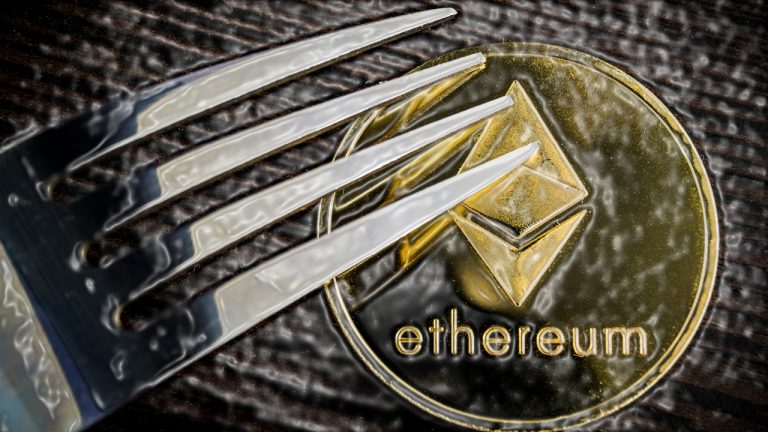
Hoskinson called Ethereum Merge a flawed PoS implementation, claiming custodial staking would create issues for the network in the long run.
Charles Hoskinson, the founder of Cardano and co-founder of Ethereum blockchain, got into a war of words with Ethereum developers on the implementation of proof-of-stake (PoS) consensus via Merge.
On Sunday, Web3 investor Evan Van Ness shared an unpopular opinion claiming that the Ethereum Merge could have been shipped earlier. Vitalik Buterin, the co-founder of Ethereum, agreed to Van Ness’s comments and said they should have implemented NXT-like chain-based PoS.
Hoskinson joined in the conversation claiming the Ethereum developers should have implemented snow white protocol instead to ensure a faster migration to proof-of-stake (PoS) consensus.
You should have just implemented snow white with Elaine's help. It would have saved you a heck of a lot of pain and effort.
— Charles Hoskinson (@IOHK_Charles) September 25, 2022
Snow White is one of the first protocols to provide end-to-end, formal proofs of security for a PoS system and a protocol Hoskinson has advocated for years. However, Hoskinson’s response opened a can of worms, which later led to a heated debate between the Cardano founder and Van Ness along with other Ethereum developers
Hoskinson claimed that his ideas regarding the technical upgrades on the Ethereum network from 2014 still hold better than what the Ethereum network has upgraded to post Merge. Van Ness quickly reminded Hoskinson that he was fired from Ethereum within six months because of his poor behavior and lack of any significant technical contribution.
Related: Cardano Vasil upgrade ready with all ‘critical mass indicators’ achieved
Earlier on Monday, Hoskinson in a Tweet thread accused Ethereum developers of ignoring Ouroboros (a secure PoS blockchain and the first protocol to be based on peer-reviewed research) throughout the last five years. He also claimed that the current version of its PoS upgrade with custodial staking is a bad design.
Ethereum core developer Hudson Jameson called out Hoskinson’s claims regarding the Ouroboros protocol implementation. He even said that Ethereum devs disliked Cardano primarily because of his “attitude and actions as the face of Cardano.”
I guess Charles forgot about his Reddit history and how much he shit on Ethereum as he was building Cardano. Additionally, Vitalik did review Ouroboros a while ago.
— Hudson Jameson (@hudsonjameson) September 26, 2022
Ethereum devs aren't wanting to look at Cardano because of your attitude and actions as the face of Cardano. https://t.co/QB3QYRKkm5 pic.twitter.com/daX56FfwGv
Jameson then reminded Hoskinson of his ill-treatment of the Ethereum Classic community and asked him to quit playing the victim.
Hoskinson is known for his hot takes on his former project and the war of words between the two communities is nothing new. However, with both blockchains undergoing a key upgrade on their network, the recent exchange between the two sides highlight the disconnect between blockchain communities.












